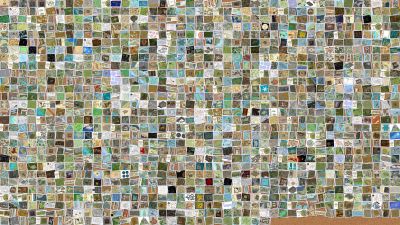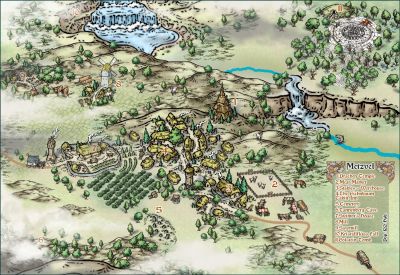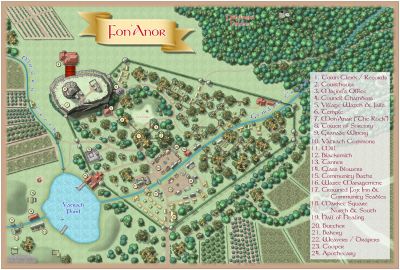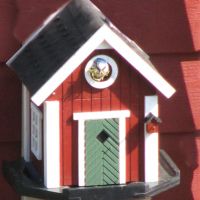
Monsen
Monsen
About
- Username
- Monsen
- Joined
- Visits
- 660
- Last Active
- Roles
- Administrator
- Points
- 8,858
- Birthday
- May 14, 1976
- Location
- Bergen, Norway
- Website
- https://atlas.monsen.cc
- Real Name
- Remy Monsen
- Rank
- Cartographer
- Badges
- 27
-
Small white dots on buildings when exporting city maps to PNG
-
Small white dots on buildings when exporting city maps to PNG
-
Forgotten Adventures?
You don't have to make symbol catalogs actually. CC3+ is capable of just opening a folder of .png files and displaying it as it was a symbol catalog.
Obviously, you lose all the features symbols catalogs give you, such as groups, random selections, forced sheets, and so on, but for a dynamic collection, the compromise might be acceptable, especially if they have a usable folder structure in this collection.
I do hope they only add items and don't modify/remove existing ones though, as that would wreck havoc with existing maps since CC3+ refers to the image on disk.
Making symbol catalogs for such a collection could actually be a nice community project. The symbols themselves would have to be downloaded from that site by the individual user, but common symbol catalogs wouldn't be a problem if someone could coordinate that and get updated ones out there as soon as the collection changes.
-
ARGH!!! Keep accidently changing scale! Curse you CTRL!!!
@jslayton wrote:
Making a change in one place is easy, but it invalidates all of the manuals and training materials.
Not to mention the workflow of all the existing users who've learned to use it.
@argel1200 wrote:
ALT comes to mind, unless that would interfere with menus (personally, I'd take that sacrifice)
Unfortunately, it is the other way around. I don't think there is a way to stop the menus from interfering in a single command, and the alt key causes the menu to grab focus once you let go, not something that you would want in the middle of a command (bloody annoying basically)
-
Dungeon Mapping
Use layers. They are a great way to hide/show features. You can for example make one layer for each room, and then either have an entity on that layer that covers up the room, so hide the layer to show the room, or place everything in that room on that layer, so when you show the layer, the room appears.
Here is another blog article from me that may be relevant









